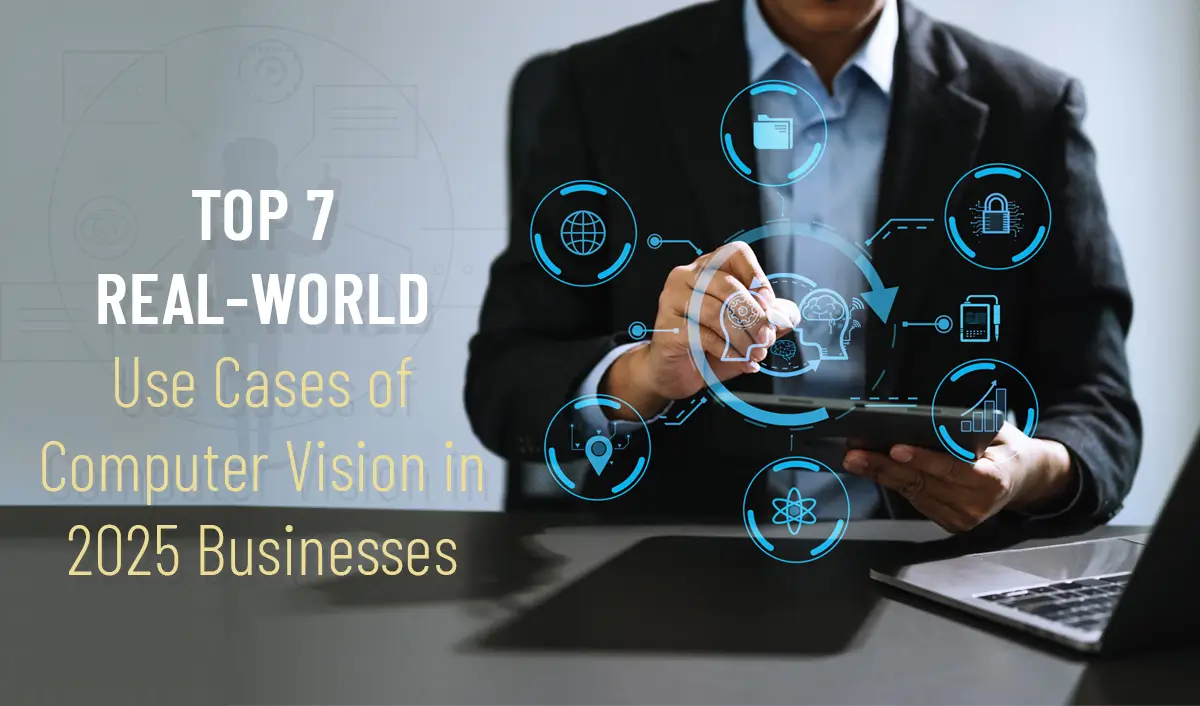
Top 7 Real-World Use Cases of Computer Vision in Businesses
Computer vision has transformed from a futuristic concept to an essential business tool reshaping industries worldwide. As we navigate through 2025, this technology has become more accessible, accurate, and cost-effective than ever before. For businesses seeking competitive advantage, understanding computer vision solutions is now a strategic necessity.
What is Computer Vision and Why Does It Matter in 2025?
Computer vision is an AI branch that enables machines to interpret and understand visual information from images and videos. It gives computers the ability to “see” and make intelligent decisions with superhuman speed and consistency.
In 2025, computer vision has reached unprecedented sophistication through advanced machine learning algorithms, improved processing power, and vast datasets. This maturity has opened doors to practical applications that directly impact business operations, customer experiences, and profitability.
The global computer vision market is experiencing explosive growth, with businesses recognizing its potential to automate processes, enhance security, improve quality control, and unlock new revenue streams.
Automated Quality Control and Defect Detection
Manufacturing companies leverage computer vision to revolutionize quality assurance processes. Unlike manual inspection methods that are time-consuming and error-prone, computer vision systems inspect products at lightning speed with microscopic precision.
Real-World Applications
Automotive manufacturers inspect paint finishes and verify component assembly
Electronics companies check circuit board soldering and component placement
Food producers detect contamination and ensure packaging integrity
Business Impact
Computer vision reduces defect rates by up to 90% while increasing inspection speed by 10x. Companies report significant cost savings through reduced waste, fewer recalls, and improved customer satisfaction. A major smartphone manufacturer reduced quality control costs by 40% while improving defect detection accuracy from 85% to 99.2%.
Enhanced Security and Surveillance Systems
Modern security systems powered by computer vision go beyond simple video recording. These intelligent solutions identify threats, recognize individuals, detect unusual behavior, and trigger automated responses in real-time.
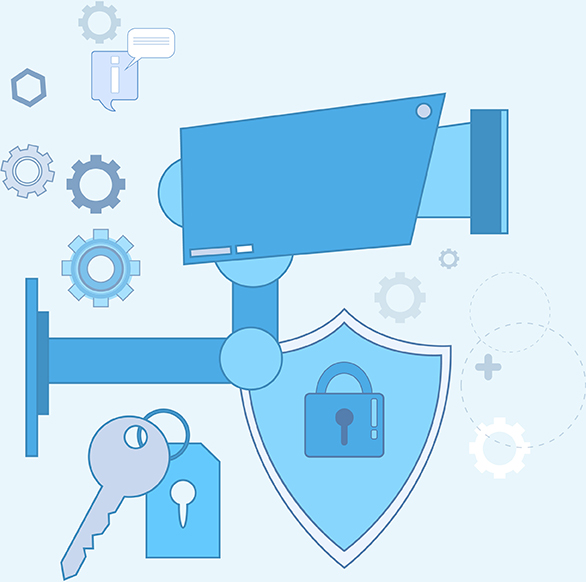
Real-World Applications
Airports use facial recognition and behavior analysis for security threats
Retail stores detect shoplifting and monitor crowd density
Corporate offices implement access control with personnel recognition
Smart cities deploy traffic monitoring and public safety systems
Business Impact
Organizations report 60-80% reduction in security incidents and theft. These systems also provide valuable analytics for understanding customer traffic patterns, peak usage times, and space utilization, enabling data-driven facility management decisions.
Autonomous Vehicles and Transportation
The transportation industry undergoes massive transformation through computer vision. Autonomous vehicles rely on computer vision systems to navigate safely, recognize traffic signs, and make split-second driving decisions.
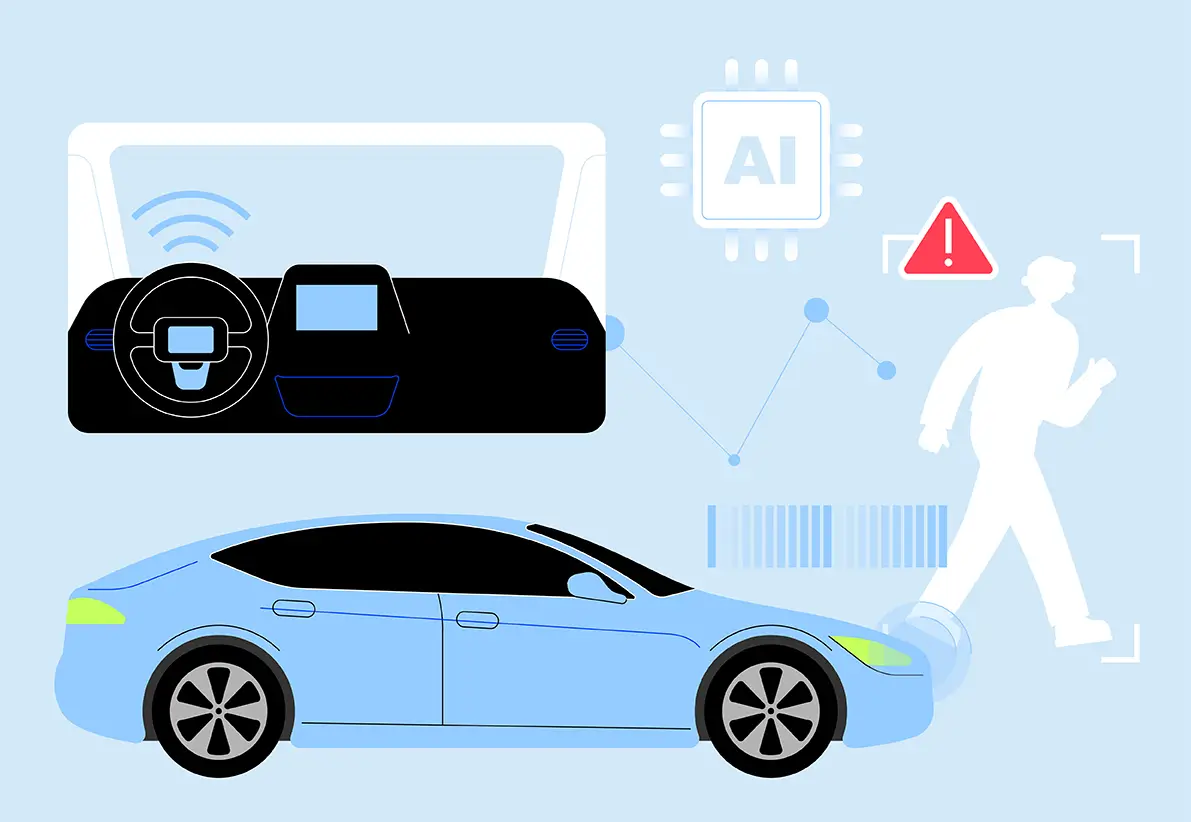
Real-World Applications
Self-driving cars understand road conditions and traffic patterns
Fleet management monitors driver behavior and optimizes routes
Logistics companies use autonomous delivery vehicles and drones
Public transportation systems count passengers and monitor safety
Business Impact
Fleet operators report 25-35% reduction in fuel costs through optimized routing and behavior monitoring. Insurance companies offer significant premium reductions for fleets using computer vision safety systems, recognizing their accident prevention effectiveness.
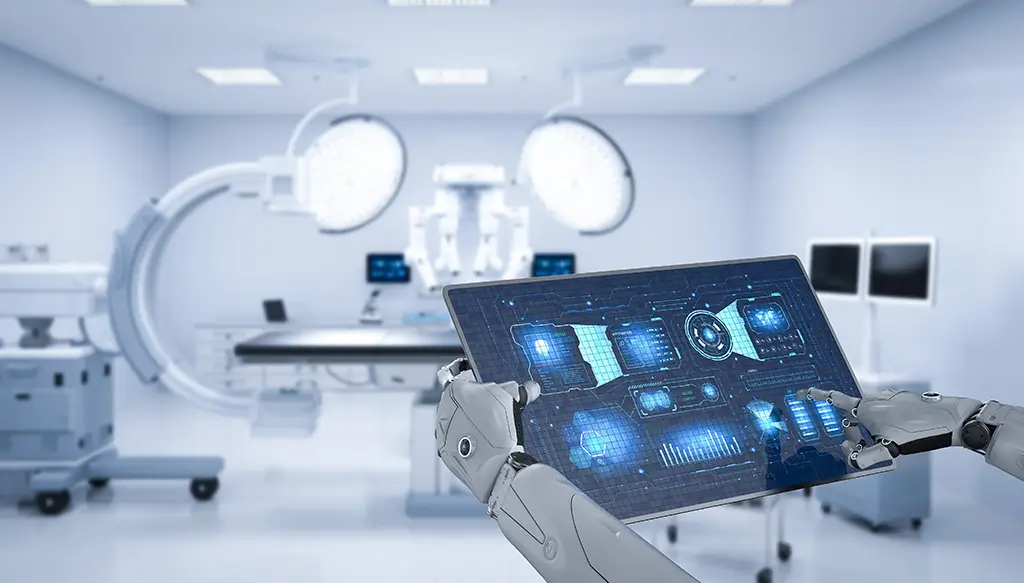
Medical Imaging and Healthcare Diagnostics
Healthcare experiences a revolution through computer vision applications that enhance diagnostic accuracy, speed treatment decisions, and improve patient outcomes. AI-powered medical imaging detects diseases earlier and with greater precision.
Real-World Applications
Radiology departments analyze X-rays, MRIs, and CT scans for early disease detection
Pathology labs use AI-powered microscopy for cancer cell identification
Ophthalmology clinics screen for diabetic retinopathy and eye diseases
Dermatology practices implement skin cancer detection systems
Business Impact
Healthcare facilities report 30-50% improvement in diagnostic accuracy and 60% reduction in time-to-diagnosis. This translates to better patient outcomes, reduced liability, and increased facility throughput while enabling telemedicine expansion.

Retail Analytics and Customer Experience
Retail leverages computer vision to create personalized shopping experiences, optimize store layouts, and improve inventory management. These solutions provide unprecedented insights into customer behavior and preferences.
Real-World Applications
Fashion retailers offer virtual try-on technology for online shopping
Grocery stores implement automated checkout systems
Department stores use heat mapping for product placement optimization
Beauty brands provide personalized recommendations through skin analysis
Business Impact
Retailers see 15-25% increase in sales conversion rates and 40% improvement in inventory turnover. Smart mirrors, virtual fitting rooms, and personalized recommendations create engaging experiences that build brand loyalty and encourage repeat purchases.
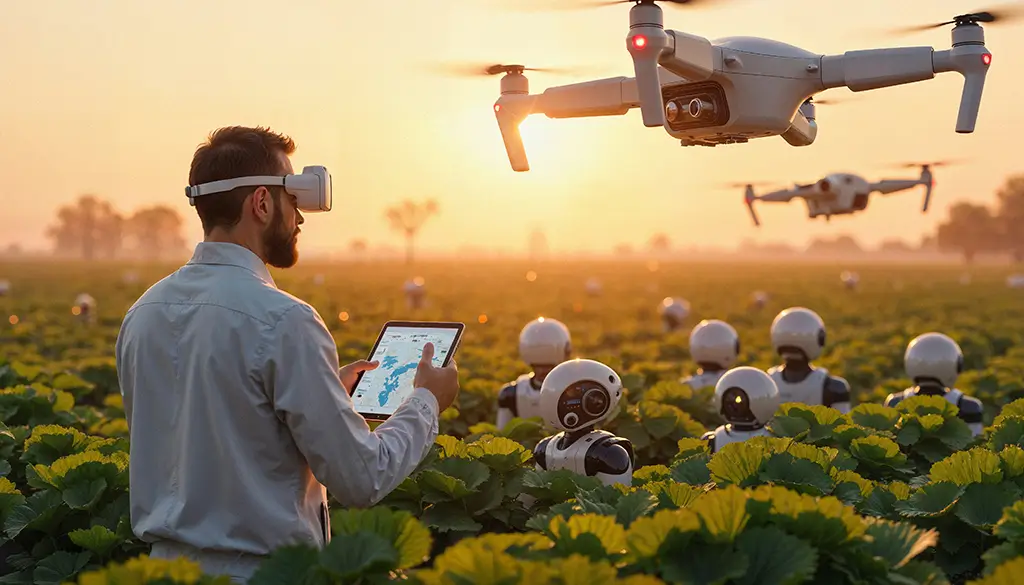
Agriculture and Precision Farming
Modern agriculture embraces computer vision for optimizing crop yields, reducing resource waste, and implementing sustainable farming practices. Precision agriculture enables farmers to make data-driven decisions about irrigation, fertilization, and pest control.
Real-World Applications
Drone-based systems monitor crop health and detect pest infestations
Automated harvesting equipment determines fruit ripeness
Livestock monitoring tracks animal behavior and health indicators
Greenhouse operations automate plant care and environmental control
Business Impact
Farms report 20-30% increase in crop yields while reducing water usage by 25% and pesticide application by 40%. This sustainable approach improves profitability while supporting environmental conservation goals.
Sports Analytics and Performance Optimization
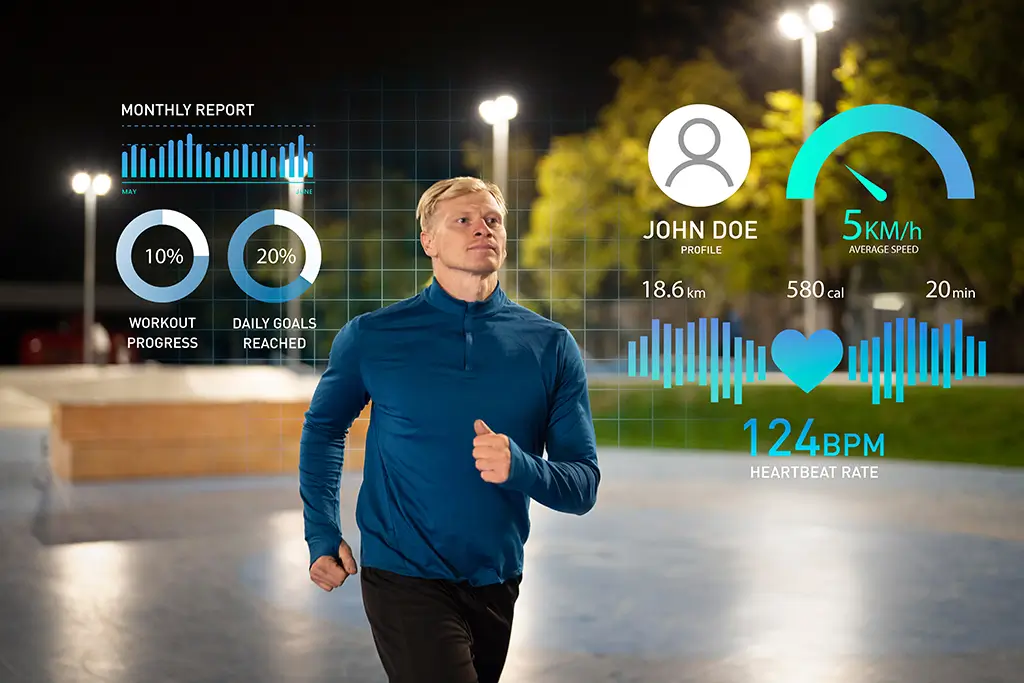
The sports industry embraces computer vision to enhance athlete performance, improve fan engagement, and revolutionize coaching strategies. Advanced analytics provide previously impossible insights.
Real-World Applications
Professional teams analyze player movements and track performance metrics
Broadcasting companies implement automated camera systems
Fitness centers provide form correction and personalized workout recommendations
Sports platforms leverage data for accurate predictions and odds
Business Impact
Sports organizations report 15-20% improvement in player performance and 30% reduction in injury rates. Broadcasters see increased viewer engagement, while new revenue streams emerge through performance data licensing and enhanced fan experiences.
Future Trends and Strategic Implementation
Computer vision continues evolving rapidly, with key trends including edge computing integration, multimodal AI systems, synthetic data generation, and ethical AI focus. These developments create new opportunities for businesses to innovate and compete.
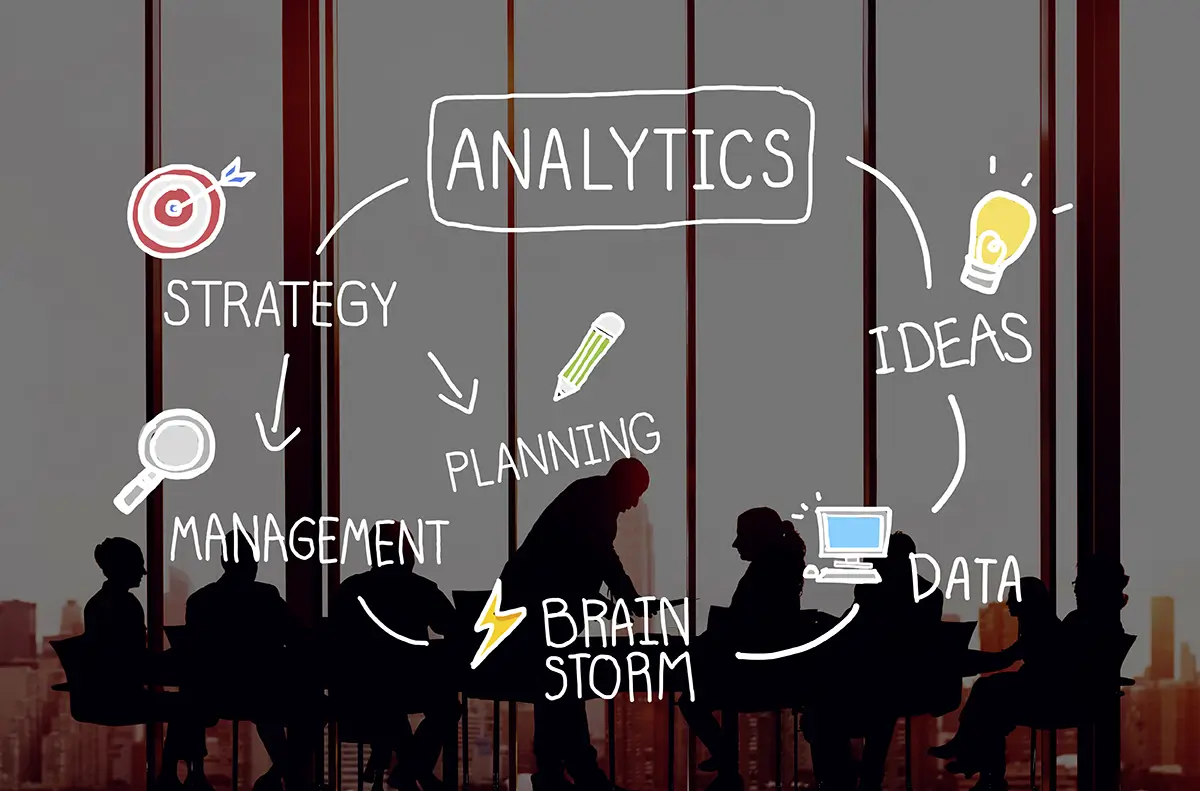
Real-World Applications
Start with clear, measurable objectives
Partner with experienced technology providers
Invest in robust data infrastructure
Plan for scalability and growth
Focus on change management and workforce preparation
Conclusion
Computer vision in 2025 represents a transformative force reshaping how businesses operate and deliver customer value. From manufacturing quality control to healthcare diagnostics, the applications are vast and benefits substantial.
Success belongs to businesses that recognize computer vision as a strategic imperative, not just technological advancement. By understanding these seven key use cases, organizations can make informed implementation decisions.
At Techcmantix, we help organizations navigate this technological transformation successfully, ensuring they harness computer vision’s full potential for growth, efficiency, and innovation. The future belongs to businesses that can see clearly—and with computer vision technology, that future is now within reach.





